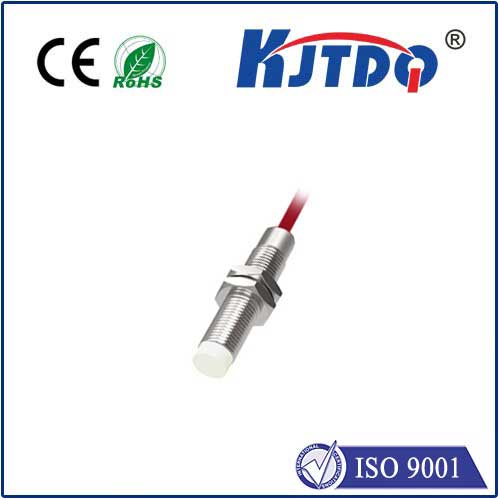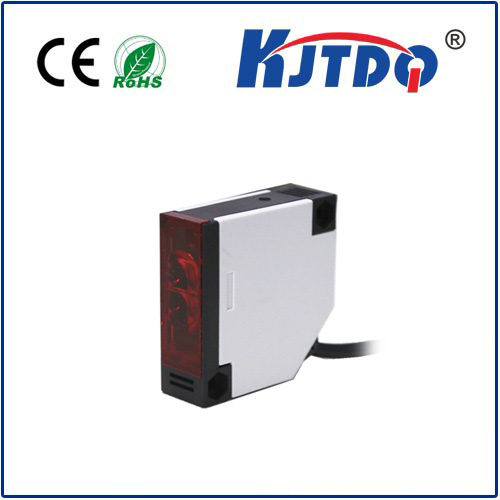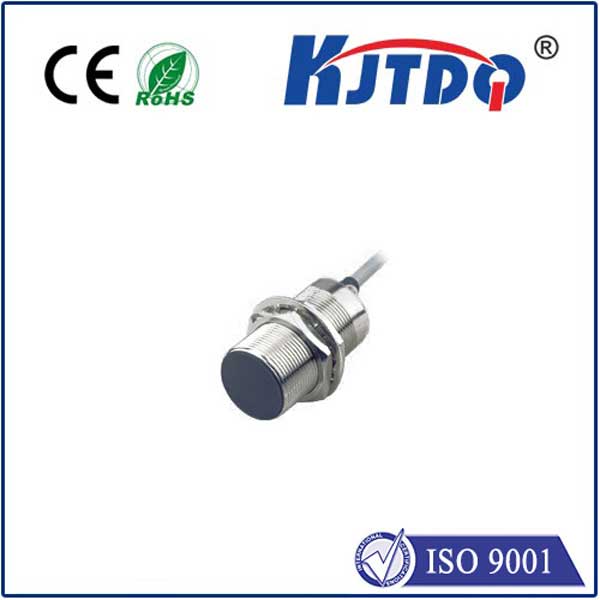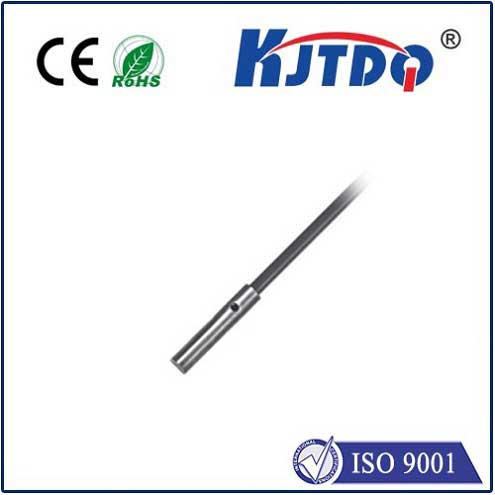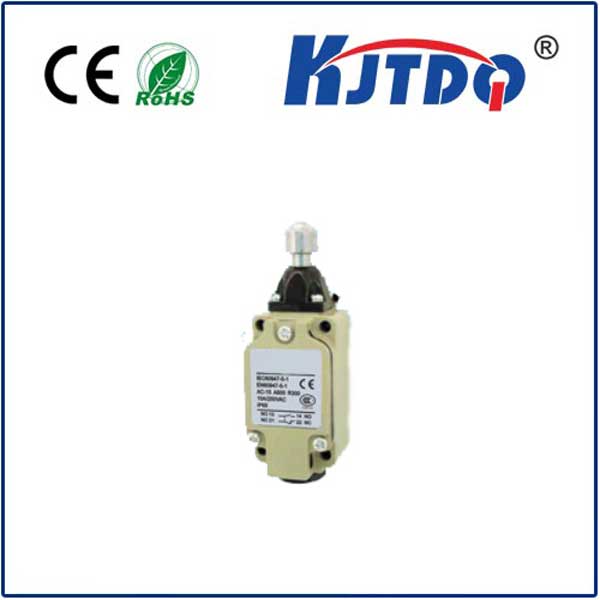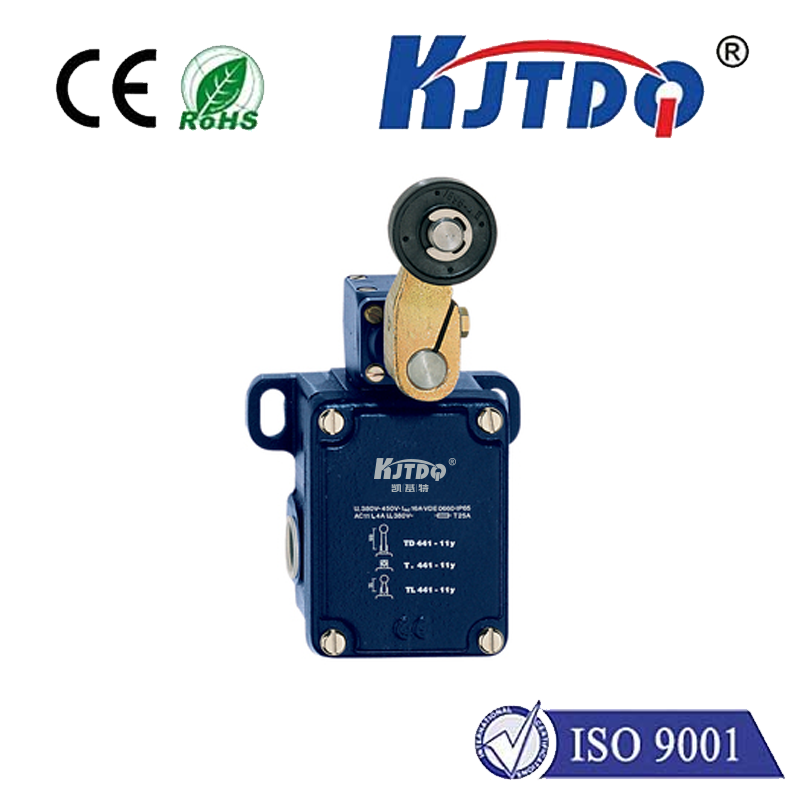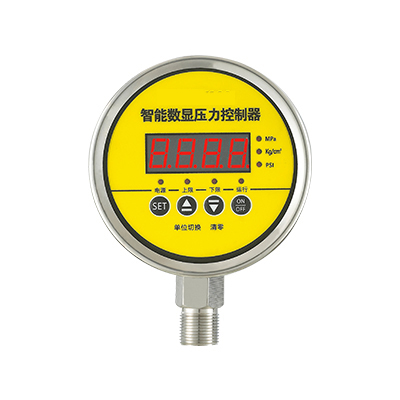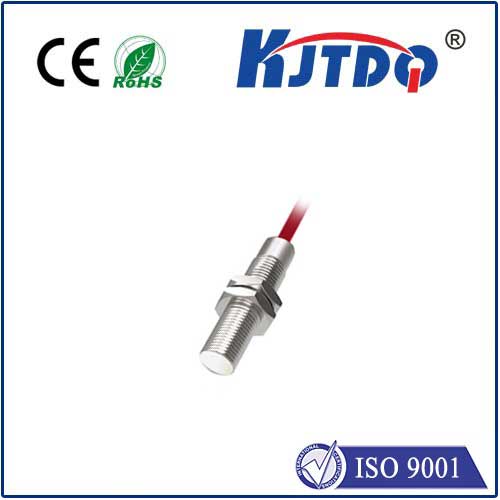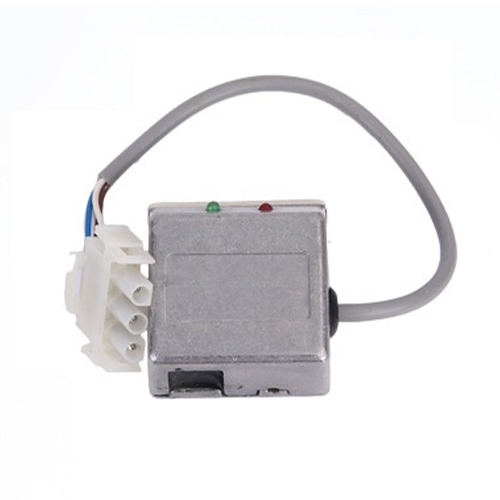

check

check

check

check

check

check

check

check

check

check
Introduction to LED Proximity Sensors
In the past few decades, there has been a significant breakthrough in the field of sensors, particularly with the advent of LED proximity sensors. These tiny devices have revolutionized various industries by providing reliable, accurate, and efficient sensing solutions. This article aims to explore the evolution of LED proximity sensors, their technical capabilities, and practical applications in different sectors.
Historical Development of LED Proximity Sensors
The concept of proximity sensors dates back to the early 20th century when radio waves were used for detecting the presence of objects. However, it was not until the 1980s that LED proximity sensors emerged as a reliable alternative to traditional infrared sensors. With the advancement of technology, newer versions of LED proximity sensors have been developed, incorporating features such as high-accuracy readings, fast response times, and low power consumption.
Technical Advancements in LED Proximity Sensors
The key factor behind the success of LED proximity sensors is their ability to convert electrical signals into physical distances. These sensors use LEDs as light sources, which emit a visible or invisible light beam. When an object blocks the light beam, it causes a disturbance in the beam's reflection or refraction, leading to a change in the sensor's electrical signal. By measuring this change, the sensor can determine the distance between the object and the sensor.
Applications of LED Proximity Sensors
LED proximity sensors have numerous practical applications across various industries, including:
Retail: In retail environments, these sensors can be used for inventory management, tracking customer movements within stores, and detecting theft. For instance, retailers can install sensor-equipped shelves that alert staff when items are removed or when they exceed a specific threshold.
Automotive: In the automotive industry, LED proximity sensors are widely used for detecting objects and preventing accidents. They are commonly used in parking assist systems, blind-spot monitoring, and collision avoidance features.
Healthcare: In medical facilities, these sensors can be employed for patient monitoring and security purposes. They can help detect falls, monitor vital signs, and prevent unauthorized access to restricted areas.
Agriculture: In agriculture, LED proximity sensors can be utilized for crop monitoring, irrigation control, and pest detection. For example, sensors can be installed on crops to track growth patterns and adjust irrigation accordingly, while also detecting pests and informing farmers about potential infestations.
Conclusion
The development of LED proximity sensors has transformed the way various industries operate by providing accurate and efficient sensing solutions. As technology continues to advance, we can expect more innovative applications of these sensors in the future.
